中國藥用植物 - 貝母

貝母

貝母 Beimu
張桂徵繪
貝母(Bulbus Fritillariae)是我國傳統醫學應用廣泛的中藥材,具有清熱潤肺、化痰止咳的功效,來源于百合科貝母屬(Fritillaria)植物的地下干燥鱗莖。貝母屬植物在全世界約有 140 種,我國分布有約 20 多種,除少數物種外,幾乎全部藥用。
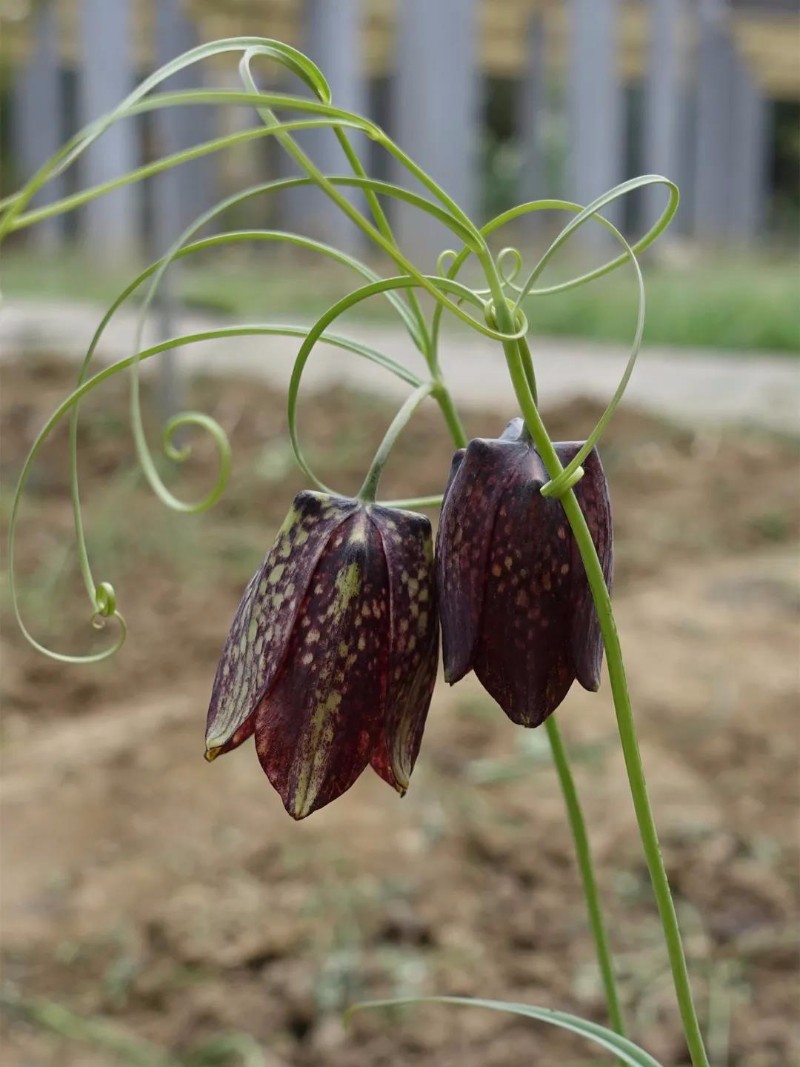
平貝母 Fritillaria ussuriensis
“貝母” 之名最早著錄于東漢時期的藥學著作《神農本草經》,此后《名醫別錄》(魏晉時期)、《本草經集注》(南北朝時期)、《新修本草》(唐)和《圖經本草》(唐)等著名的醫學典籍都對貝母類藥材有所記載。現代考證,中國早期的貝母可能來源于葫蘆科的假貝母(Bolbostemma paniculatum),約在唐代之后百合科貝母屬植物逐漸取代葫蘆科的假貝母成為中藥藥用的主流藥材。本屬植物中在歷史上最先使用的是長江中下游地區分布的貝母屬類群,以浙貝母(F. thunbergia)和湖北貝母(F. hupehensis)為代表。約在明代中晚期,四川地區所產貝母屬植物逐漸進入中藥領域,并因質量上乘,為后人以 “川貝母” 之名而推崇,其代表性物種有卷葉貝母(F. cirrhosa)和暗紫貝母(F. unibracteata)等。約在清末民初,新疆地區和東北地區的貝母物種也被人所認知,并得到應用。及至現代,《中華人民共和國藥典》(以下簡稱《藥典》)收錄了五大類貝母藥材,分別是浙貝母(F. thunbergia)、湖北貝母(F. hupehensis)、平貝母(F. ussuriensis)、伊貝母(F. pallidiflora 和F.walujewii)和川貝母( F. cirrhosa 等 5 種)。
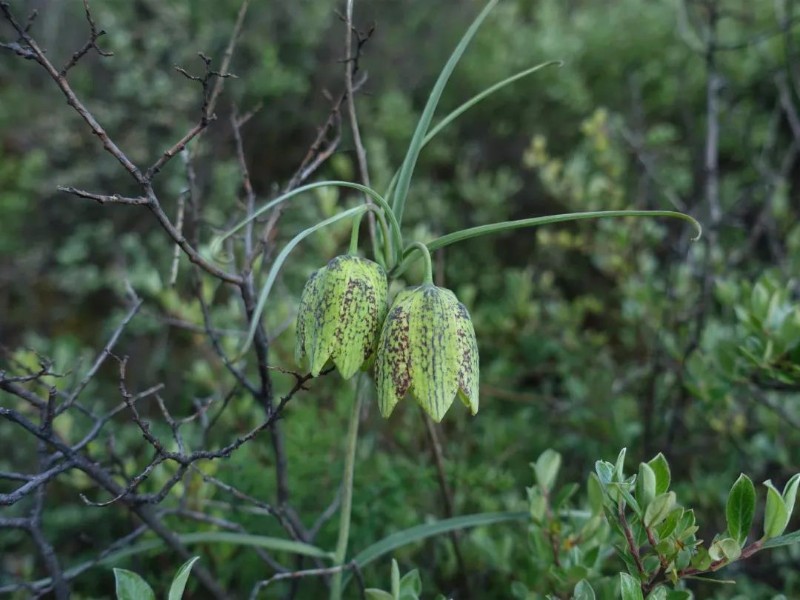
川貝母 Fritillaria cirrhosa
《藥典》所記載的五大類貝母藥材基本上代表了貝母屬植物在中國的分布格局,其中浙貝母和湖北貝母代表了長江中下游地區分布的物種,川貝母代表了青藏高原及其毗鄰的橫斷山脈分布的物種,伊貝母代表了新疆地區分布的物種,平貝母則為東北地區分布的物種。在現代研究中,以葉綠體DNA構建的系統發育樹上,上述四個地理分布區的貝母屬物種各自聚為一支,說明在各自地理分布范圍的物種親緣關系較近。同時也應該注意到,盡管《藥典》對貝母類藥材所使用的物種有明確規定,但是在民間同一地區的貝母在使用時并不區分,以川貝母為例,在青藏高原及其毗鄰的橫斷山脈地區,該區域內的十余種貝母植物經常是不加區分地進行采集并使用。
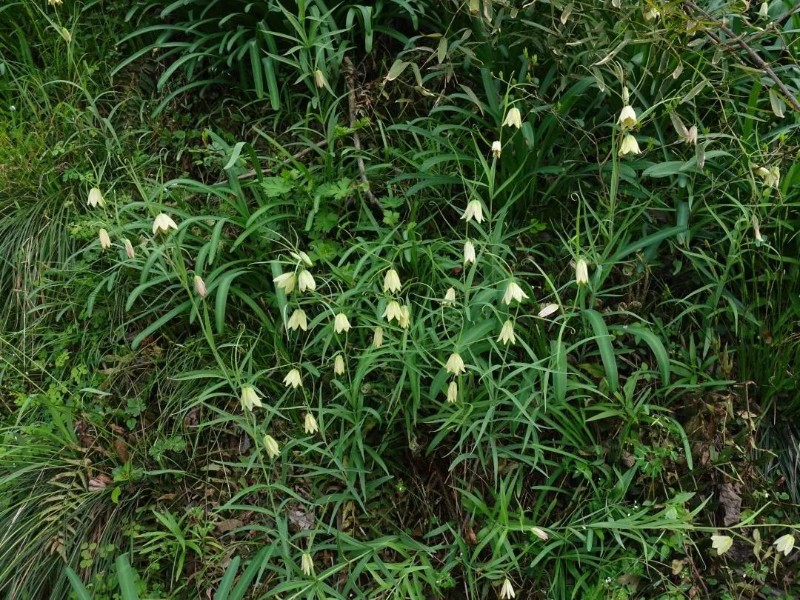
浙貝母 Fritillaria thunbergii
在中國,貝母類藥材最常用于治療上呼吸道疾病,包括哮喘、支氣管炎、肺結核、咳嗽等。另外,貝母類藥材在亞洲其他國家也廣泛被用作傳統藥物,如南亞的阿育吠陀體系、中西亞的阿拉伯-尤納尼體系(含波斯醫學)中均有應用記載,但所使用的種類與中國并不相同。
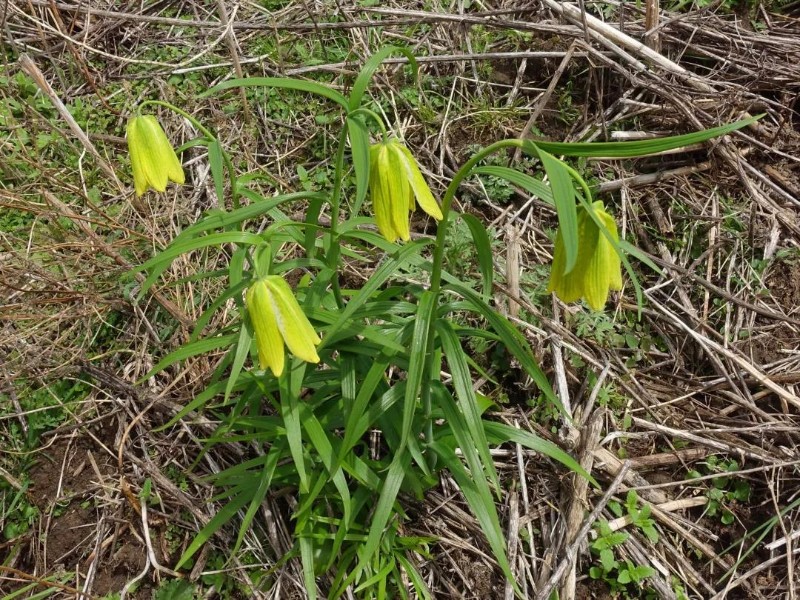
瓦布貝母 Fritillariae unibracteata var. wabuensis
由于用量比較大,目前在中國貝母類藥材已經得到廣泛栽培。在浙江地區則種植歷史比較悠久,其所產的浙貝母成為著名的道地藥材 “浙八味” 之一。在四川和青海地區,川貝母也正在開始栽培,其中暗紫貝母、瓦布貝母、太白貝母均已成功栽培。在新疆伊犁地區,伊犁貝母從上世紀六十年代開始種植,目前已達兩千余畝,基本可以滿足市場需求。在東北吉林和遼寧地區,平貝母種植以產量高而著稱。
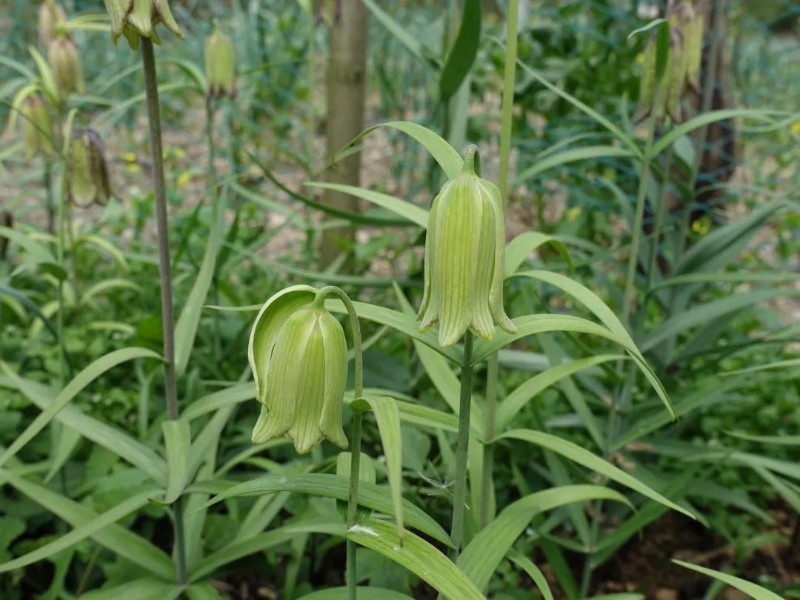
太白貝母 Fritillaria taipaiensis
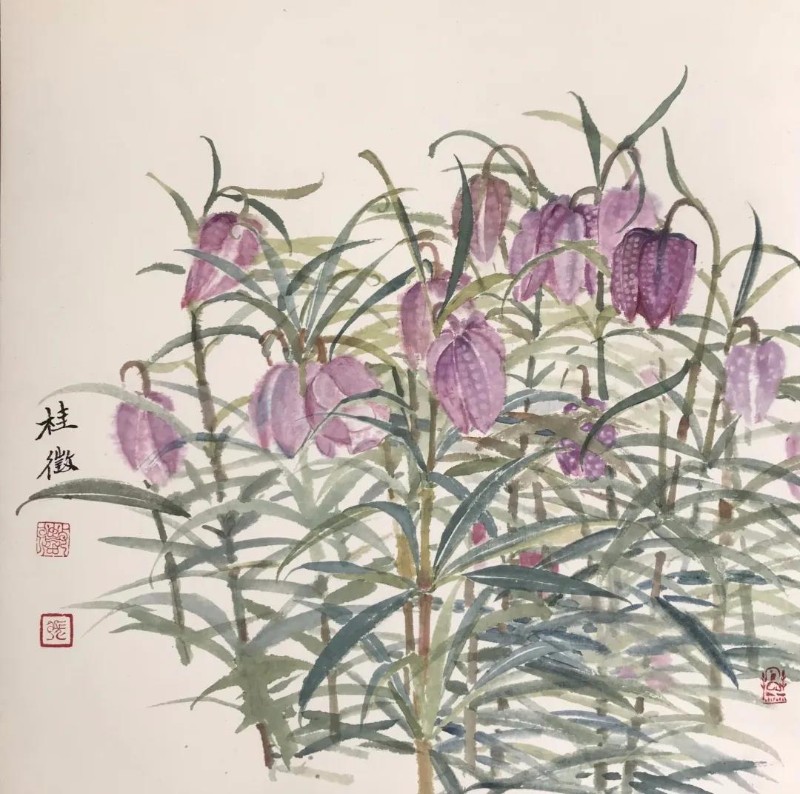
Beimu
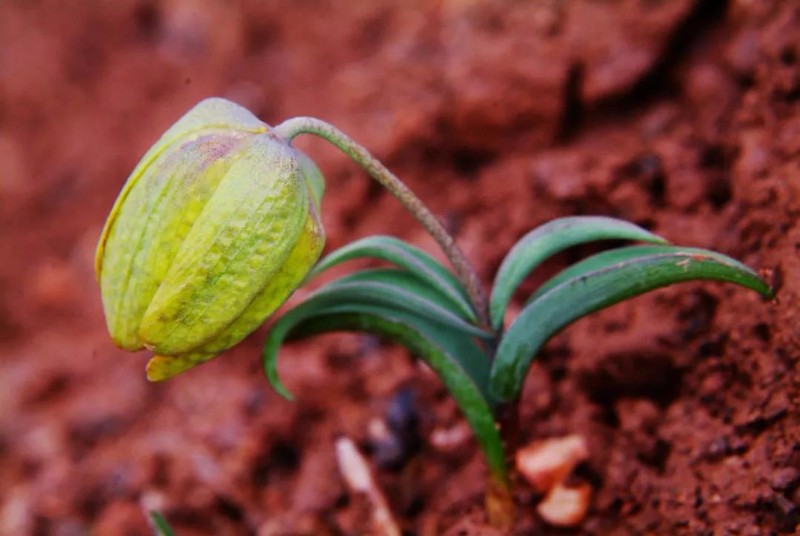
貝母 Beimu
張桂徵繪
Beimu (Bulbus Fritillariae) , with the effects of clearing heat, moisturizing the lungs, resolving phlegm and relieving cough, is a kind of widely used herbs in traditional Chinese medicine(hereinafter as TCM). It is derived from the underground dry bulbs ofFritillaria (Liliaceae) plants. There are over 140 species of Fritillaria in the world, and more than 20 species are distributed in China. Except for a few species, almost all of them are used for medicine.
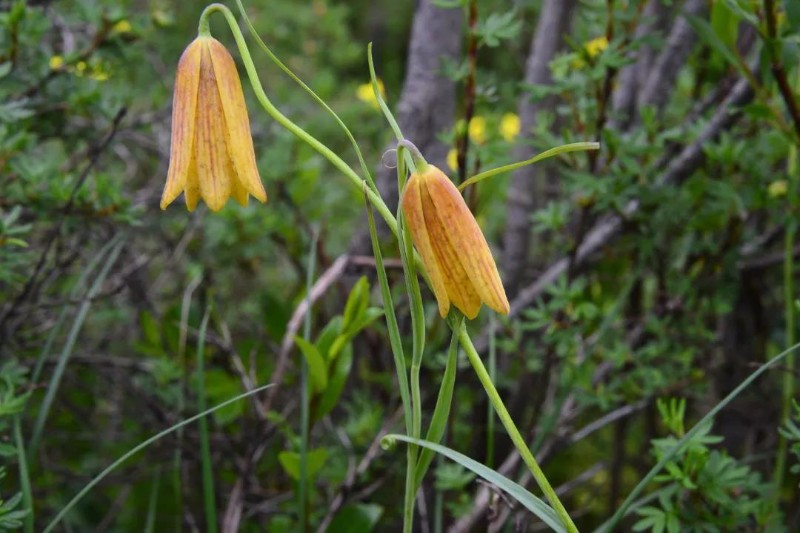
梭砂貝母 Fritillaria delavayi
Beimu first appeared in China's earliest pharmacy work "Sheng Nong's herbal classic" (East Han Dynasty). Since then, many ancient herb classics all recorded it continuously from Jin to Qing Dynasty. According to modern research, the early use of Beimu may be derived from Bolbostemma paniculatum (Cucurbitaceae). After the Tang Dynasty, the Fritillaria spp. gradually replaced the B. paniculatum and became the mainstream medicinal material. Among the Fritillaria plants, those species distributed in the middle and lower reaches of the Yangtze River were the first to be used in history, represented by F. thunbergia and F. hupehensis. Around the middle and late Ming Dynasty, those species produced in Sichuan province(mainly located in the parts of Eastern margin of Qinghai Tibet Plateau) gradually entered into TCM, and were praised as "Chuan Beimu" by TCM doctors. Its representative species are F. cirrhosa and F. unibracteata and so on. Around the time of 1900s, those species of Fritillaria distributed in Xinjiang and Northeast China were also used. Nowadays the Pharmacopeia of the People's Republic of China includes 5 kinds of Beimu, namely Zhe Beimu(source from F. thunbergia), Hubei Beimu (from F. hupehensis), Ping Beimu (from F. ussuriensis ), Yi Beimu (from F. pallidiflora and F. walujewii), Chuan Beimu (from F. cirrhosa, F. unibracteata and its variety, F. delavayi,F. taipaiensis). These species in the Pharmacopoeia cover all distributed areas ofFritillaria in China. Zhe Beimu and Hubei Beimu represent those species distributed on the middle and lower reaches of the Yangtze River, Chuan Beimu represents those species distributed on Tibetan plateau and it’s adjacent regions, Yi Beimu represents those species distributed on Xinjiang, and Ping Beimu is of species distributed in Northeast China. In modern research, on the phylogenetic trees constructed with chloroplast DNA, Fritillaria in the above four geographical distribution areas each cluster into one branch, indicating that the species in their respective geographical distribution areas are closely related. At the same time, although the Pharmacopoeia clearly define the source plant species of Beimu, the use in the folk is not distinguished clearly to species. Taking Chuan Beimu as an example, more than 10 species of this genus on Tibetan plateau and its adjacent regions are collected for medicinal use.
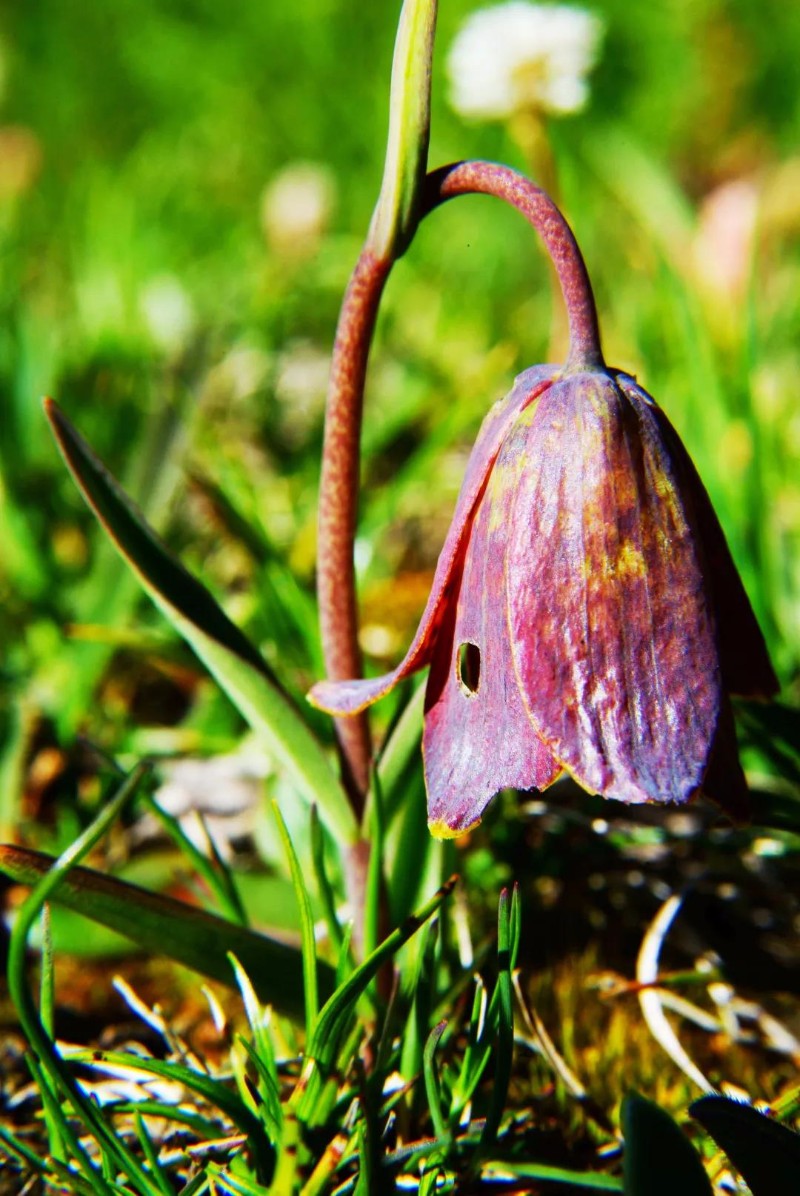
甘肅貝母 Fritillaria przewalskii
In TCM, Beimu are most commonly used to treat upper respiratory tract diseases, including asthma, bronchitis, tuberculosis, and cough. In addition, they are also widely used as traditional medicines in other Asian countries, such as the Ayurvedic in South Asia and the Arab-Unani in Central and Western Asia, but the species used are different from China.
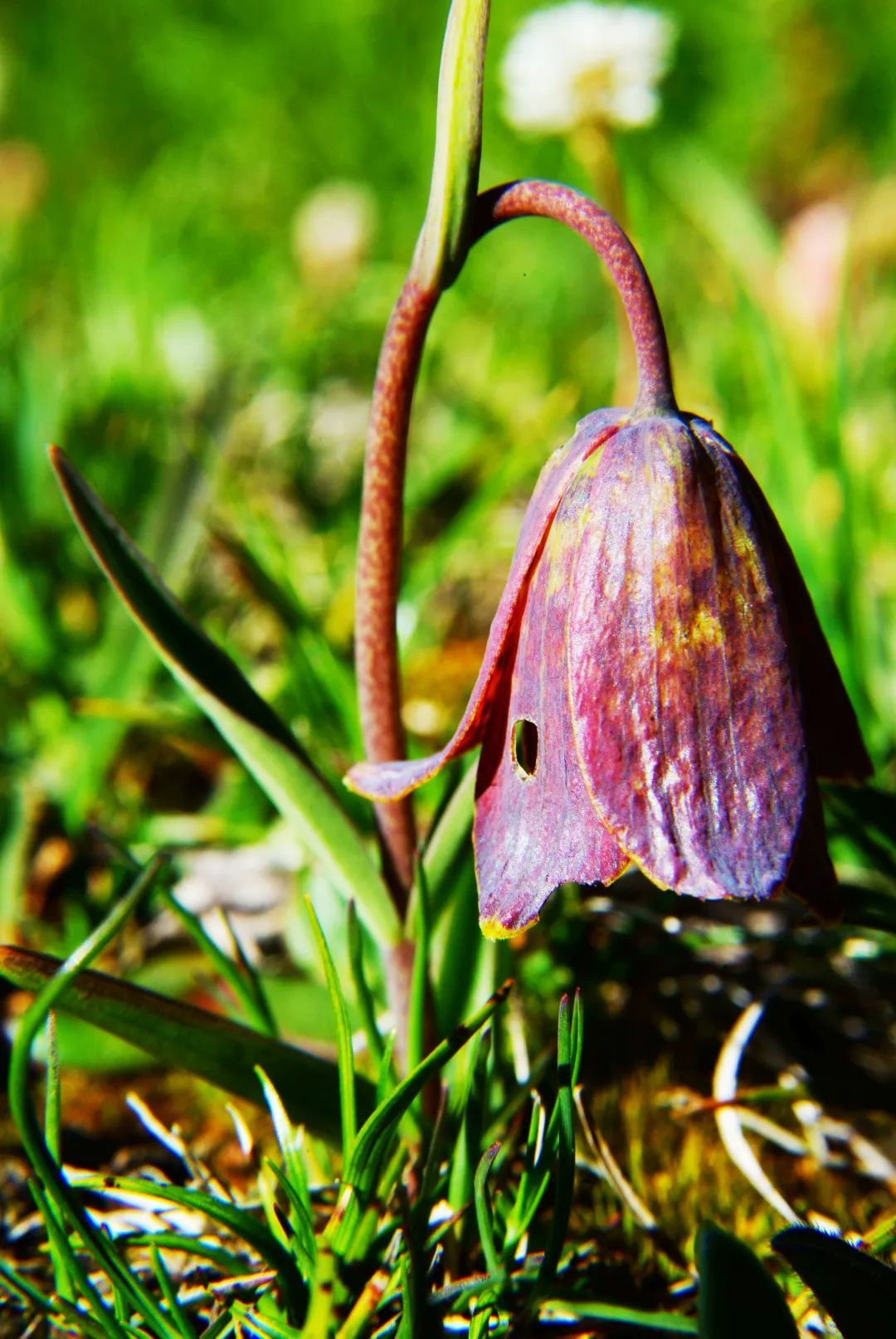
暗紫貝母 FritiLlaria unibracteata
Beimu have been widely cultivated in China. For example, it has a long history of planting in Zhejiang, and became one of “Zhebawei” (means famous eight kinds of geo-authentic herbs from Zhejiang province). In Sichuan and Qinghai province, Chuan Beimu are also being planting, among which species of F. unibracteata, F. unibracteata var. wabuensis and F. taipaiensis have been successfully planting.In Ili Kazak Autonomous Prefecture of Xinjiang ,F. pallidiflora(one source of Yi Beimu)has been planted since the 1960s, and now its growing areas has reached more than 2 000 mu. In Jilin and Liaoning province, Ping Beimu (F. ussuriensis ) has higher yield than those Fritilalria spp. of other areas.

專家顧問:張本剛 | 張憲春
文化顧問:張桂徵 | 張振華
攝 影:趙鑫磊 | 張勝邦
稿 源:齊耀東
翻 譯:趙鑫磊 | 齊耀東
責任編輯:孔祥瑞|李姍姍 | 楚雅南

| 版權聲明: 1.依據《服務條款》,本網頁發布的原創作品,版權歸發布者(即注冊用戶)所有;本網頁發布的轉載作品,由發布者按照互聯網精神進行分享,遵守相關法律法規,無商業獲利行為,無版權糾紛。 2.本網頁是第三方信息存儲空間,阿酷公司是網絡服務提供者,服務對象為注冊用戶。該項服務免費,阿酷公司不向注冊用戶收取任何費用。 名稱:阿酷(北京)科技發展有限公司 聯系人:李女士,QQ468780427 網絡地址:www.arkoo.com 3.本網頁參與各方的所有行為,完全遵守《信息網絡傳播權保護條例》。如有侵權行為,請權利人通知阿酷公司,阿酷公司將根據本條例第二十二條規定刪除侵權作品。 |
 m.quanpro.cn
m.quanpro.cn